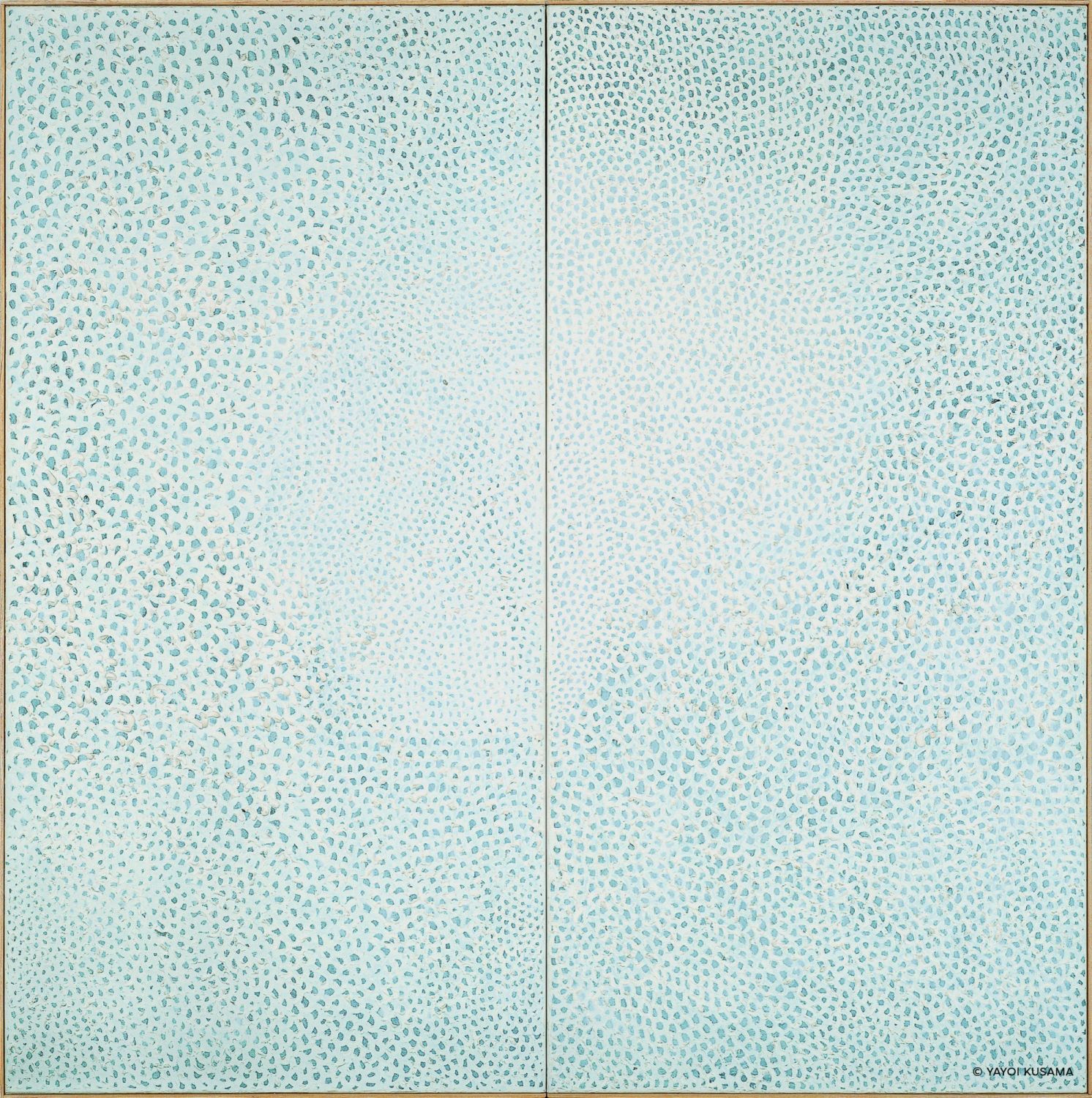Ahead of a major retrospective showcase at the Hong Kong museum, here are some of the Japanese contemporary artist’s most career-defining works of art
Even if you aren’t familiar with her name, chances you would recognise a Yayoi Kusama creation. Giant pumpkin with dots all over it ring any bells?
There is far more to the Japanese artist than dotty pumpkins though. With a career of more than 70 years, she is one of the world’s most iconic and influential Asian contemporary artists, and her creations are as varied in styles as they are avant-garde.
From November 12, 2022, to May 14, 2023, M+ museum at West Kowloon in Hong Kong will celebrate its first anniversary with the Yayoi Kusama: 1945 to Now exhibition. With 200 of her pieces—drawn from the M+ collection, museums and private collections from across Asia, and selections from the creator’s personal collection—this will be the biggest Kusama exhibition in Asia outside of Tokyo.
Here are five ground-breaking works of art you by Yayoi Kusama should know about.
Don't Miss: M+ hosts Yayoi Kusama Exhibition, Asia’s Biggest Outside of Japan
1. Infinity Mirror Rooms – Phalli’s Field (1965)

Kusama’s Infinity Mirror Rooms may be Insta-famous, but its concept was conceived a long time before the advent of social media. Its precursor, Infinity Mirror Room—Phalli’s Field (1965), was installed for her 1965 Floor Show solo exhibition at Castellane Gallery in New York, which served as a breakthrough for both her practice and career. Not only did this piece contain motifs that later became ubiquitous in her work, such as repetitive dots and phalluses, but this marked the first time Kusama experimented with using mirrors to amplify the intense repetition of her work, and thus creating an immersive experience.



